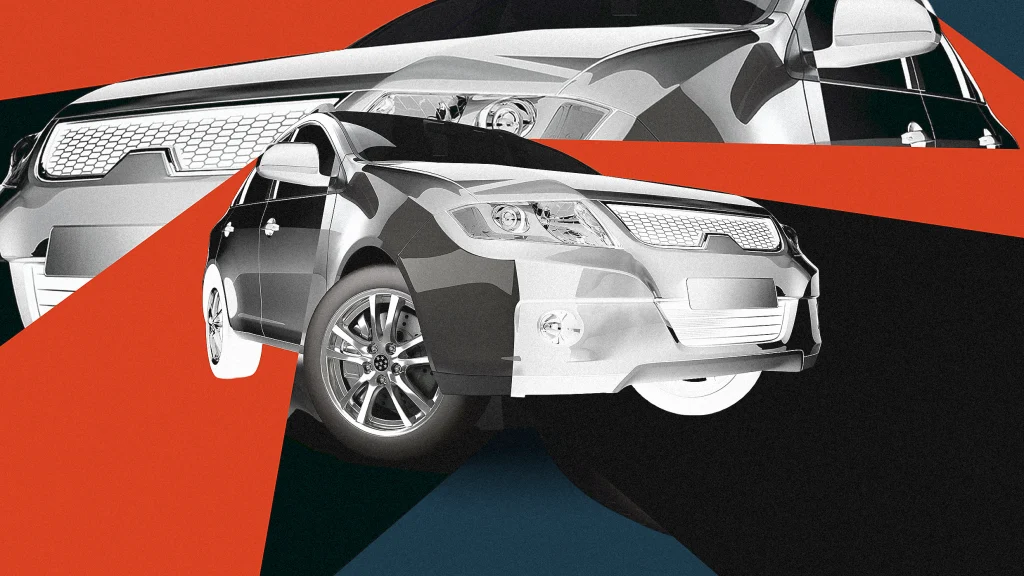
"The study found that forward blind zones in six common U.S. vehicles have increased, with reductions in visibility of up to 58% in models like the CR-V and Suburban."
"Innovative measurement methods using a smartphone rig allow researchers to obtain precise visibility measurements based on the driver’s height across various car models."
"Researchers measured visibility within a 10-meter radius, correlating the results to average driver stopping distances, emphasizing how blind spots contribute to rear-end collisions."
"The findings suggest that as vehicles have grown larger, the associated blind spots have similarly expanded, posing increased risks for drivers and safety on the roads."
Research from the U.S. Department of Transportation's Volpe Center shows that driver blind spots have increased in size over time. A study examined six popular vehicle models from 1997 to 2023, revealing that forward visibility has diminished in newer models, with the Honda CR-V and Chevrolet Suburban displaying reductions up to 58%. The researchers utilized a camera-based measurement technique to analyze visibility within a 10-meter radius, an area significant for understanding how blind spots affect crash dynamics. The data suggests heightened risks linked to larger vehicle sizes and reduced forward visibility.
Read at Fast Company
Unable to calculate read time
Collection
[
|
...
]